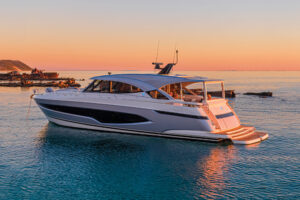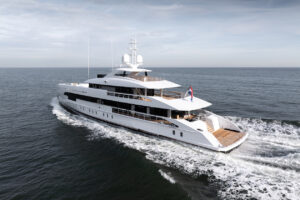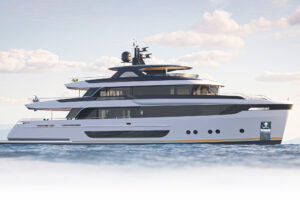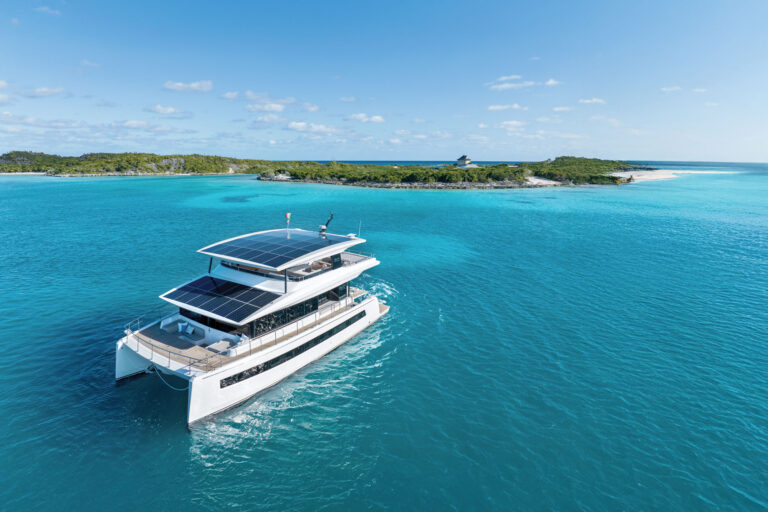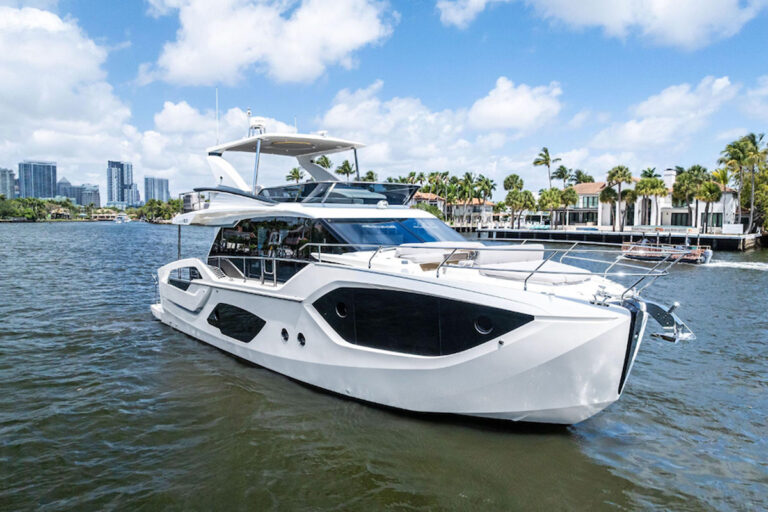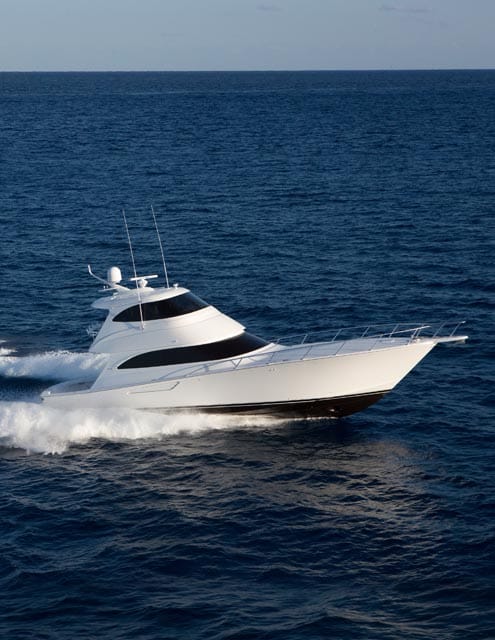
62eb_001.jpg
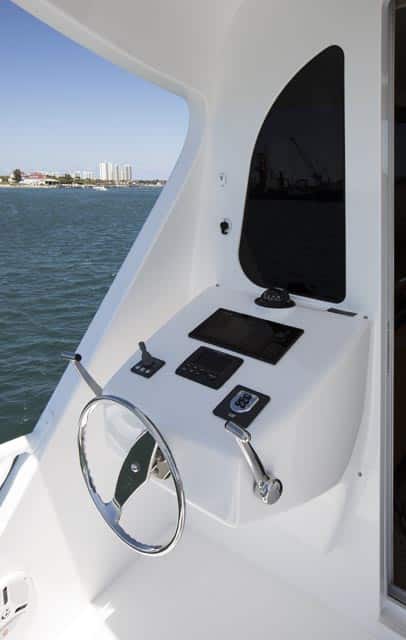
afthelm.jpg

bridge.jpg
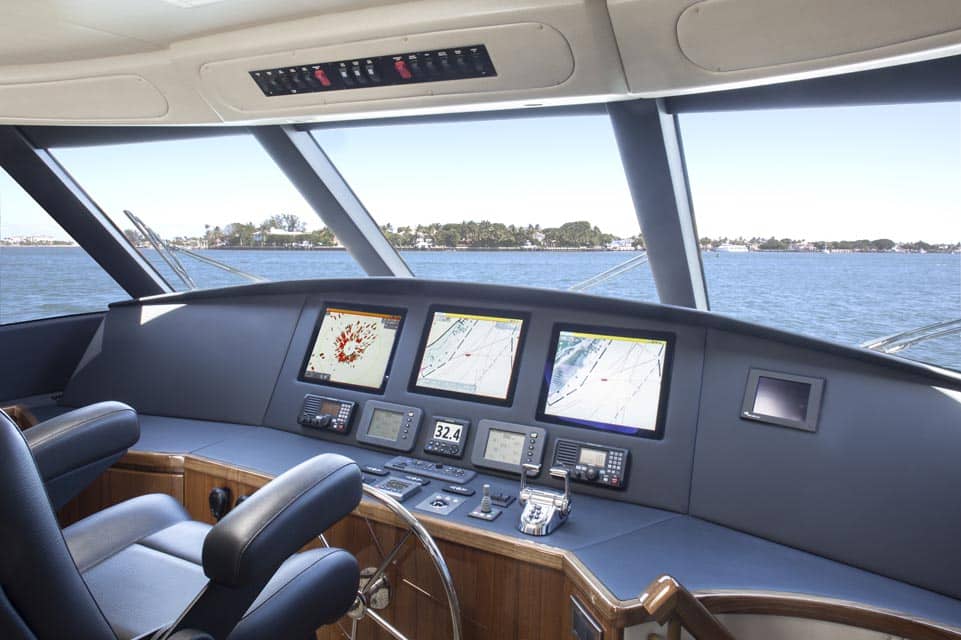
helm.jpg
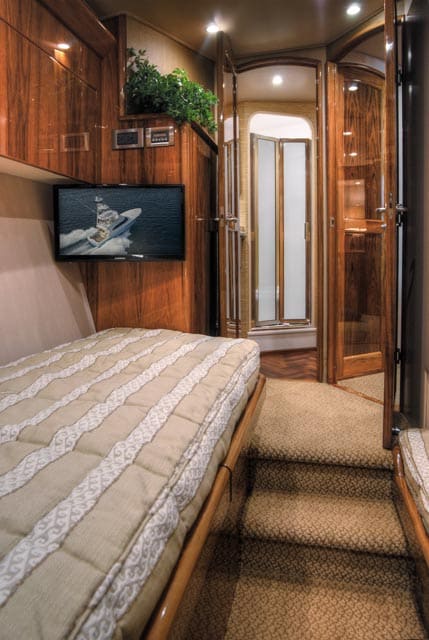
13_port2.jpg
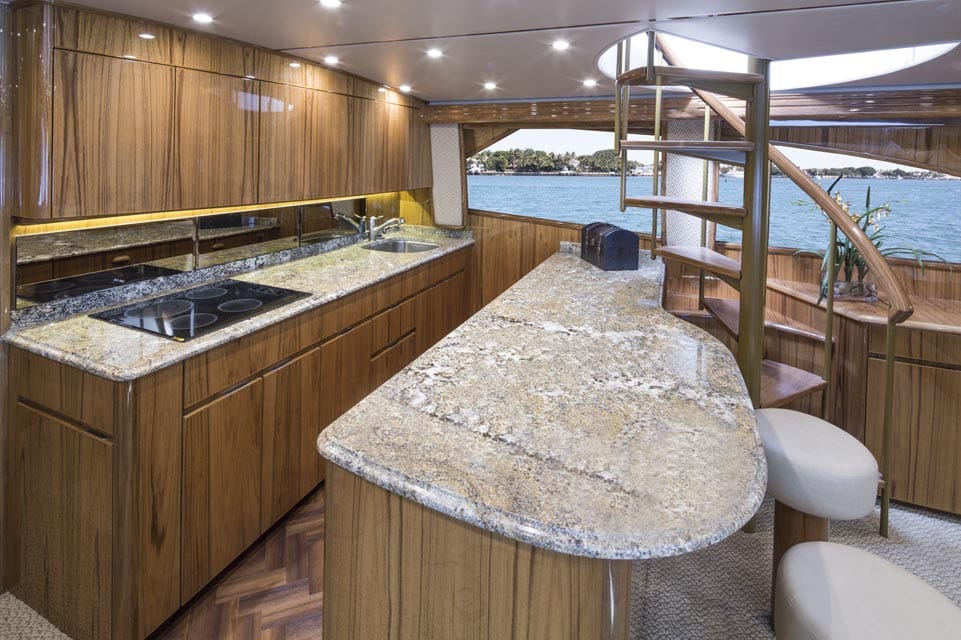
galley (1).jpg

head.jpg

salon.jpg

master.jpg
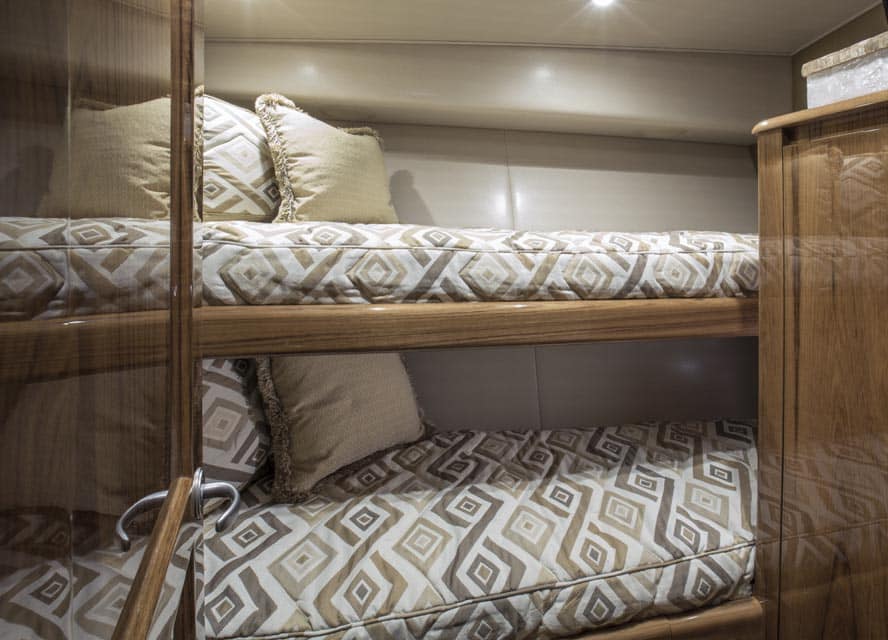
twin berth.jpg
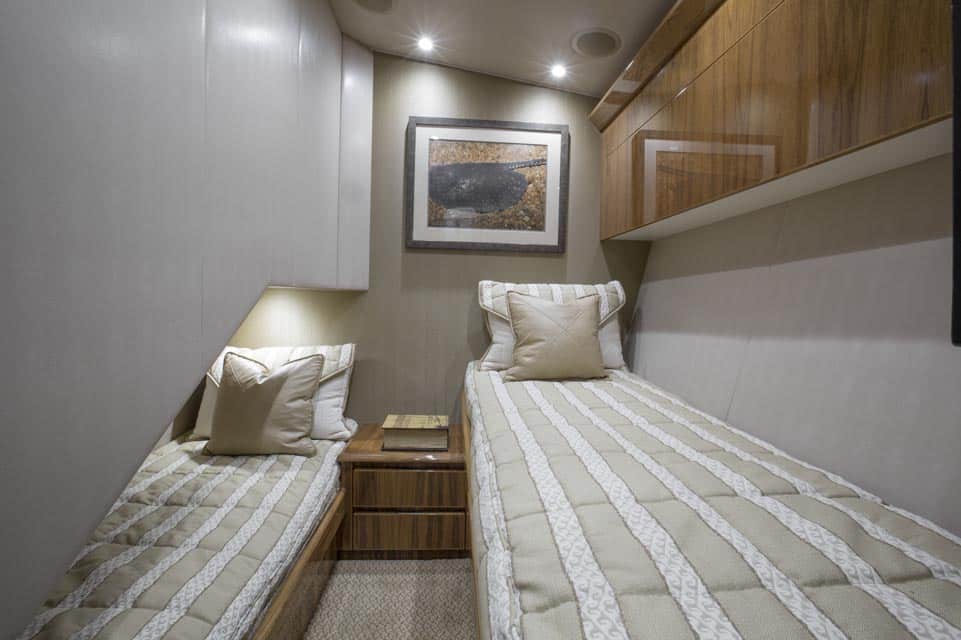
twin two.jpg
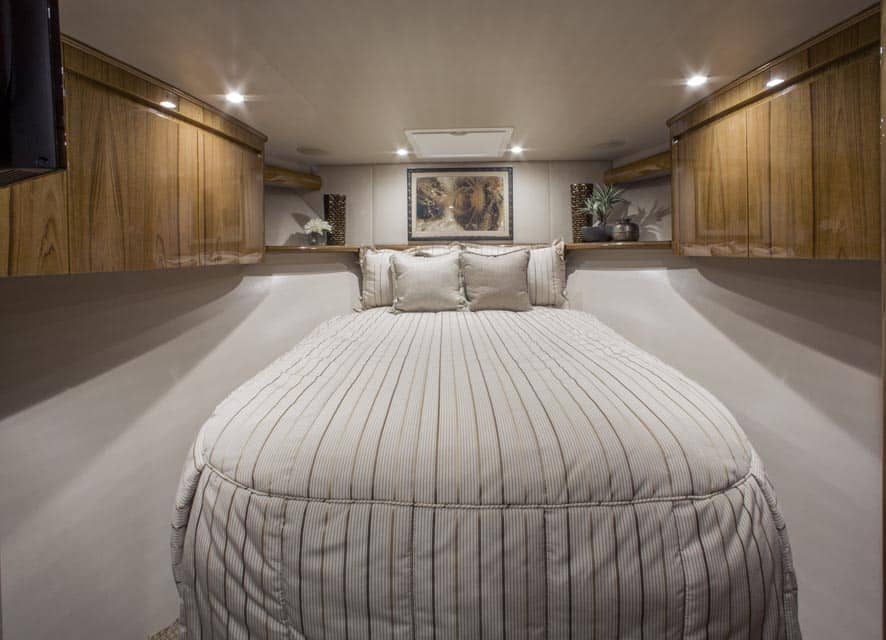
v-berth.jpg
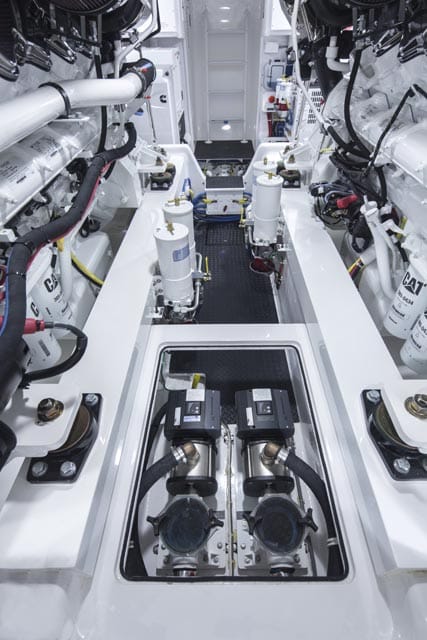
enginef.jpg
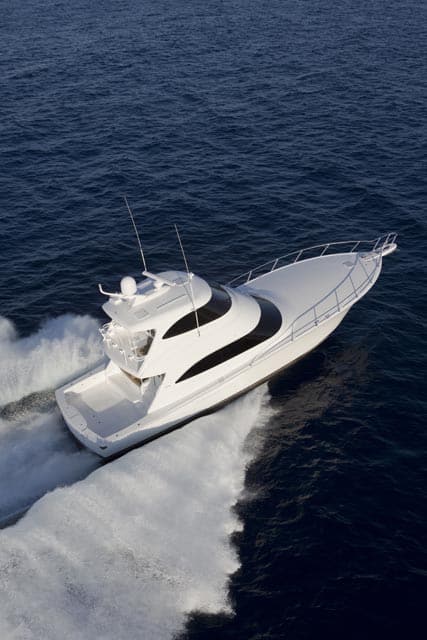
vike62eb355.jpg
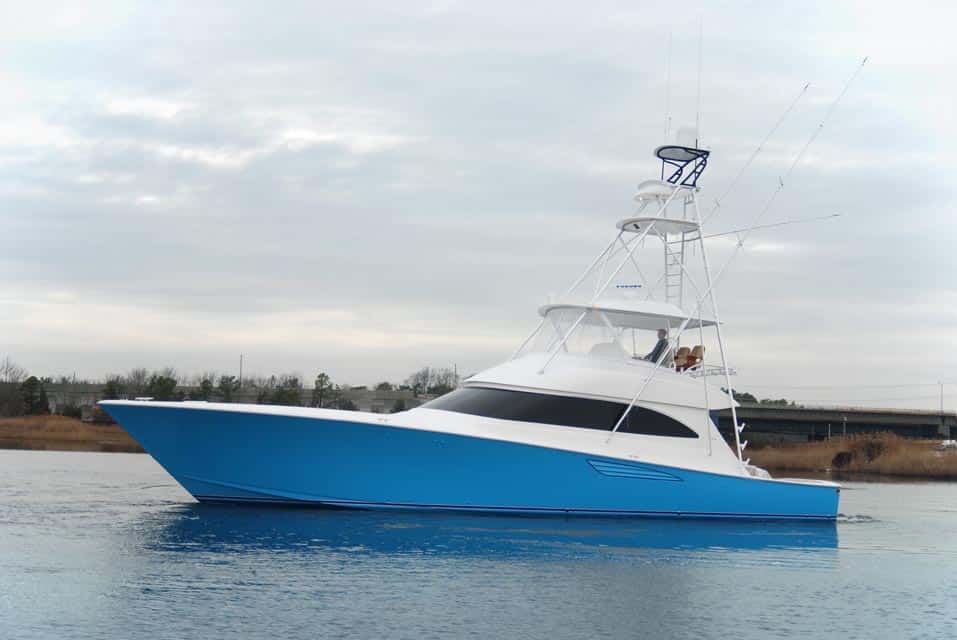
dsc_1302_a.jpg
** The Viking 62 Enclosed Bridge is a fine fishing platform, but some people prefer their sport-fishermen with open bridges. For those wind-in-your-hair enthusiasts, Viking offers the 62 Convertible. She is built on the same platform as the Enclosed Bridge, which is a $134,885 upgrade with just a few differences. The open version has an option for an island galley, which isn’t possible on the Enclosed Bridge because of the salon’s internal stairway. In addition, the upper helm on the Convertible features a Palm Beach helm setup with three helm chairs. A ladder offers transit between the helm and the cockpit. The 62 Enclosed Bridge has a portside bench seat for two. In either setup, the ride, fishability and performance are equal. It’s really just a matter of preference. Which one will you choose? — P.S.

